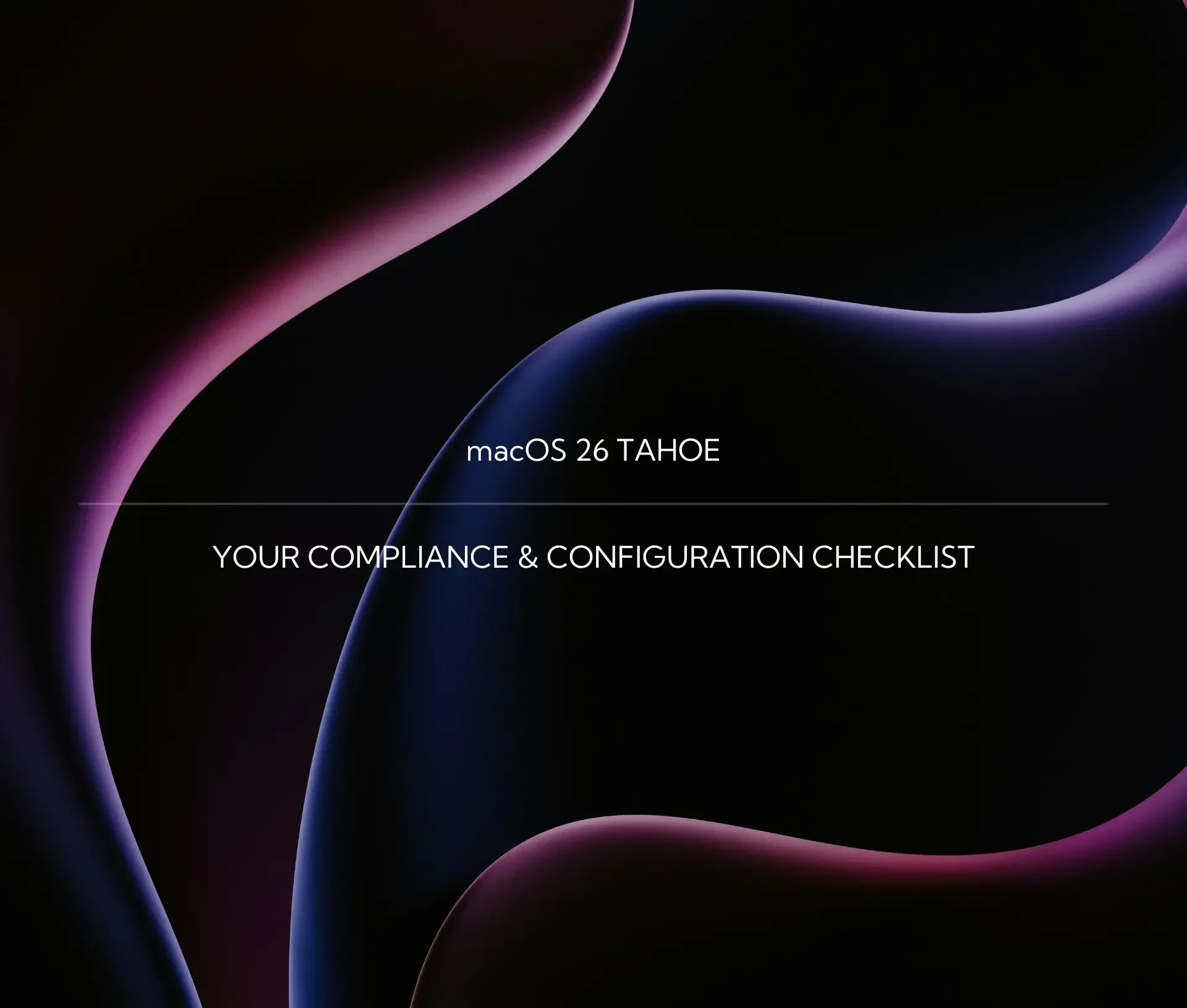Many IT roadmaps are built around budget cycles or driven by the “loudest voice” in the room. But the most resilient and strategic businesses use a risk-first strategy to guide their investments. This approach prioritises projects based on their ability to mitigate the company’s greatest business exposures.
This article explains how to shift your IT prioritisation from “nice-to-have” features to essential risk mitigation, ensuring your IT roadmaps build resilience alongside growth.
The Flaw in “First-Come, First-Served” IT Planning
When prioritisation lacks a strategic filter, critical projects often get pushed aside by low-impact, urgent demands.
The Hidden Cost of Deferral
- Misaligned Resources: Projects are often championed based on department-level convenience (e.g., a simple workflow automation tool) rather than addressing critical, company-wide needs (e.g., strengthening core security).
- The Cost of Deferring Risk: Every time you defer a project that mitigates cyber or operational risk (like enhancing backup resilience), you increase your potential for downtime and regulatory fines. The hidden cost of doing nothing is always higher than the cost of prevention.
- Lack of Strategic Buy-in: If IT projects don’t demonstrably reduce business risk or increase resilience, they are viewed as an overhead, not a strategic lever, making budget approval difficult.
Defining and Quantifying Business Exposure
A risk-first strategy requires clear, non-technical definitions of risk that align with the company’s financial and operational KPIs.
Mapping IT Risk to Business Impact
- Identify Critical Assets: Determine which systems (e.g., finance platform, client data store) are most vital for business continuity.
- Define Exposure: Map potential IT failures (e.g., ransomware attack, cloud outage) to their direct business impact (e.g., 48 hours of downtime, X revenue loss, severe reputational damage).
- Score for Risk Reduction: Evaluate every potential IT project by its ability to reduce that exposure score. A project that secures a massive exposure (like implementing air-gapped backups) receives a higher strategic priority than one that simply offers a minor convenience.
By using the Risk Reduction Value as the primary prioritisation metric, you ensure your investments deliver maximum business protection.
Applying the Risk-First Filter to Your Roadmap
Shifting to a risk-first approach means integrating cyber resilience and business continuity into the very fabric of your IT strategy, particularly in a complex hybrid environment.
Prioritisation in Practice
- Cyber-First Mandate: Always treat projects that implement fundamental security controls (such as company-wide MFA or robust EDR) as mandatory prerequisites, regardless of any perceived departmental urgency.
- Unified Resilience: Ensure projects account for the entire hybrid footprint. For example, a new collaboration tool must not only be efficient but also secure across both Apple and Windows devices, protecting data regardless of the user’s platform.
- Strategic Partnership: Working with an ITaaS partner provides an objective, external perspective on your real exposure, ensuring your roadmap addresses hidden risks and aligns IT investment with genuine business protection.
Actionable Takeaways
- Quantify the Consequences: Stop discussing failure in technical terms. Quantify downtime and data loss in lost revenue and reputational damage.
- Score Projects by Mitigation: Use the Risk Reduction Value as the top filter when approving any new IT initiative.
- Build Resilience First: Ensure foundational projects, security architecture, compliance, and recovery planning are funded and completed before pursuing major innovation.
Plan your growth securely.
Talk to Dr Logic about strategic IT delivery.
Related Articles
- Building an IT Strategy for Apple-First or Hybrid Businesses
- IT Strategy: How to Turn Technology into a Business Growth Driver
- Attack Surface Management: The Next Frontier in SME Cyber Defence
FAQs
What is the "Risk Reduction Value" framework?
The Risk Reduction Value framework is a way to objectively score IT projects. It measures a project’s potential benefit based on how significantly it will mitigate your company’s highest exposures (eg. reducing potential downtime or minimising compliance fine risk), allowing for non-emotional prioritisation.
How can a risk-first strategy help us save money?
It saves money by preventing large, costly failures. By funding projects that mitigate maximum exposure (like robust backup or endpoint security), you avoid the crippling financial loss, recovery costs, and reputational damage associated with a major breach or prolonged outage. Prevention is always cheaper than a cure.


















































